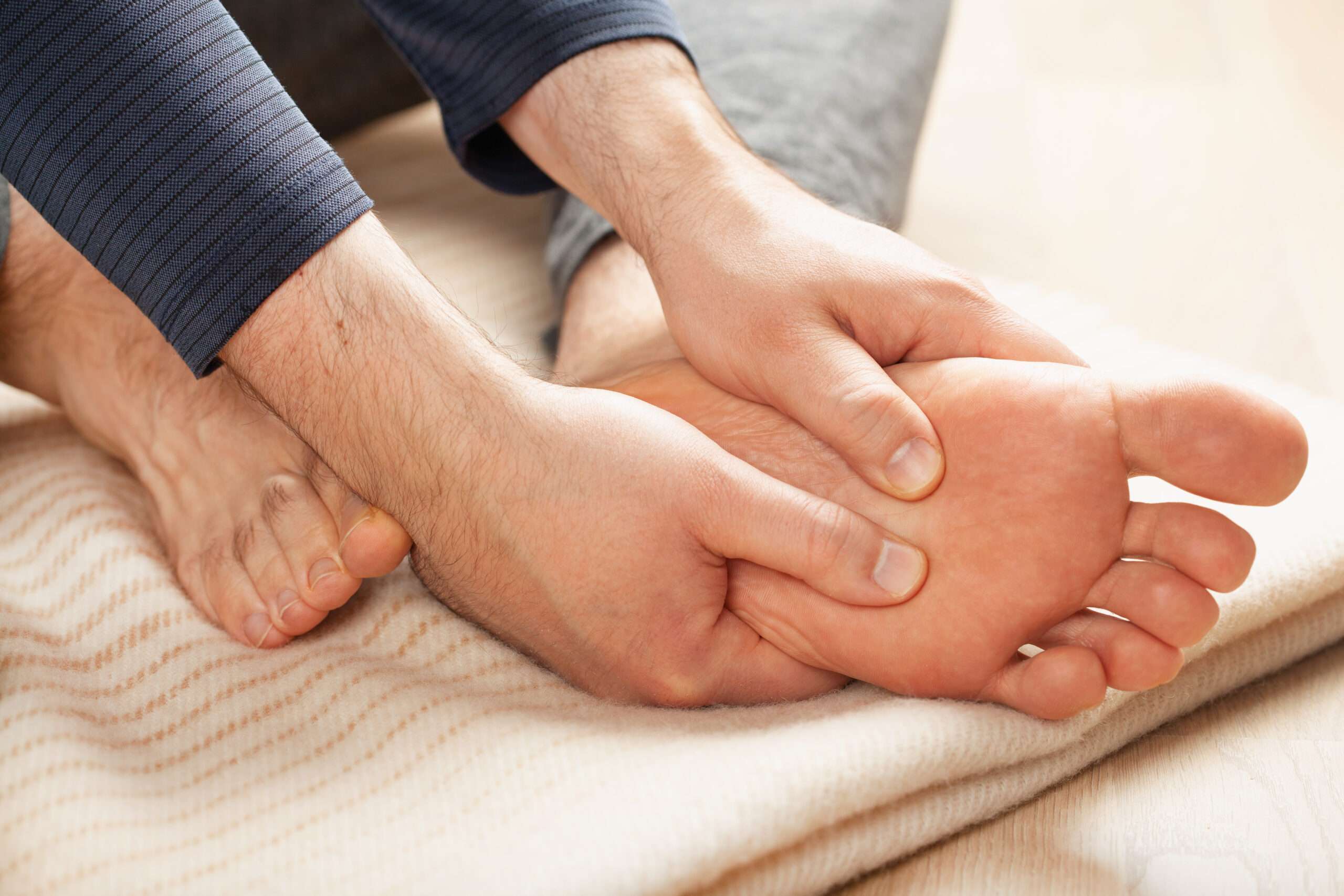Do you regularly do a sport like running, walking, or skiing? Then you probably know that a great deal of your performance directly depends on your feet.
However, your feet may have special conditions that make it difficult to perform your athletic activities.
Such is the case of flat feet.
This downward sagging of the inner edge of your foot can cause imbalance and sometimes pain that interrupts what you’re doing.
Thankfully, there are several solutions so that you can continue to stay active without problems.
Here are some tips to continue pursuing your sport without pain despite flat feet.
How to choose the best shoes for your sport if you have flat feet?
An acquired flat foot can interfere with your athletic performance in a number of ways. For example:
- Increased muscle fatigue;
- Joint pain in the ankles, knees, and hips;
- Less fluidity in your movements;
- Hyper pronation, where the ankles move inward during the stride.
These factors contribute to an increased risk of injury, therefore it is critical to choose the right sports shoes for you.
In general, an athletic person with flat feet should opt for footwear that meets the following requirements:
- It responds well to movement.
- It offers additional stabilization of pronation.
- It is made with sufficient cushioning material.
Of course, it may be worth consulting your podiatrist before buying a new pair of running shoes.
They will be able to determine the impact of your flat feet on your athletic performance.
Flat feet and skiing
Finding a comfortable, well-fitting ski boot is not always an easy task when you have flat feet.
These symptoms may also indicate that your current ski boots are not optimal for the shape of your feet:
- Pain on the inside of your ankles;
- Unstable ankles when turning;
- Cramping in the arch or tops of your feet;
- Numbness in the foot and toes;
- Pain on the outside of your feet.
Typically, the skier will need to wear larger shoes or custom foot orthoses to respond to a sagging arch.
Flat feet and running
Many runners manage to stay active and perform despite their peculiar foot deformities.
However, if you suspect that you may suffer from a flat foot, you should pay special attention to your running shoes.
As a sport of impact on your feet, running puts pressure on the already unstable bottom of the foot.
It can thus often lead to injuries such as:
- Shin splints;
- Plantar fasciitis;
- Achilles tendonitis;
- Bunion (hallux valgus);
- Lower back pain.
In addition to buying a well-fitted shoe, there are other solutions that will allow you to keep running despite flat feet:
- Support insoles;
- Custom-made foot orthoses;
- Manual foot therapy.
When you visit a podiatry clinic, your podiatrist can provide you with the most appropriate treatment for your specific condition.
Flat feet and walking
While it is significantly less brisk than running, athletic walking still requires adjustments on your part, particularly if you have flat feet.
Seeing as your flat feet are likely susceptible to overpronation, you need to remain vigilant for inflammatory symptoms like swelling or pain.
Here are some tips to prevent sports injuries from walking when you have flat feet:
- Regularly check the condition of the soles of your shoes for unusual wear and tear.
- Gradually increase your walking distance.
- Encourage stretching after exercise.
- Don’t neglect rest periods between your walks.
- Avoid terrain that is too steep.
- Use stabilizing shoes on uneven ground.
Keep moving despite flat feet with PiedRéseau
Flat feet don’t have to be an obstacle for sports! Whatever your sport of choice may be, PiedRéseau podiatrists can offer you a variety of minimally invasive therapeutic methods.

